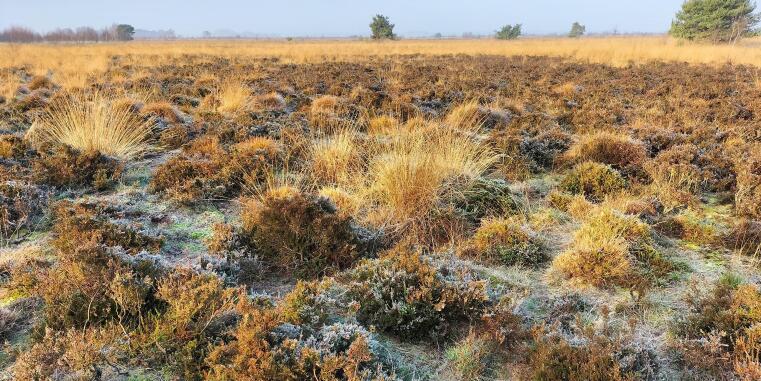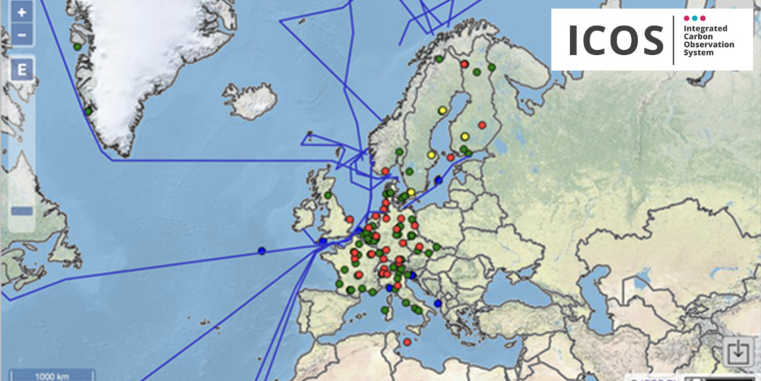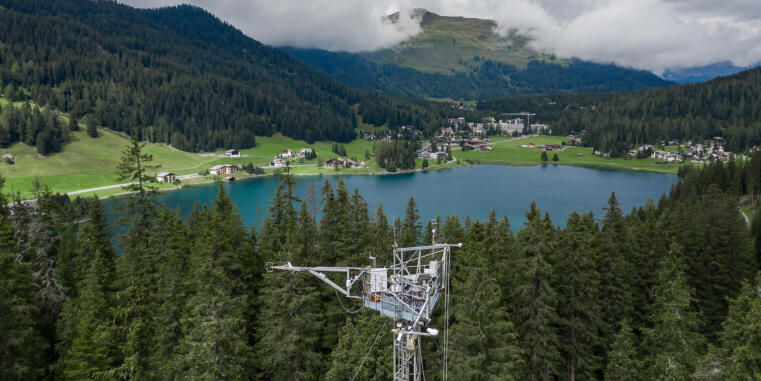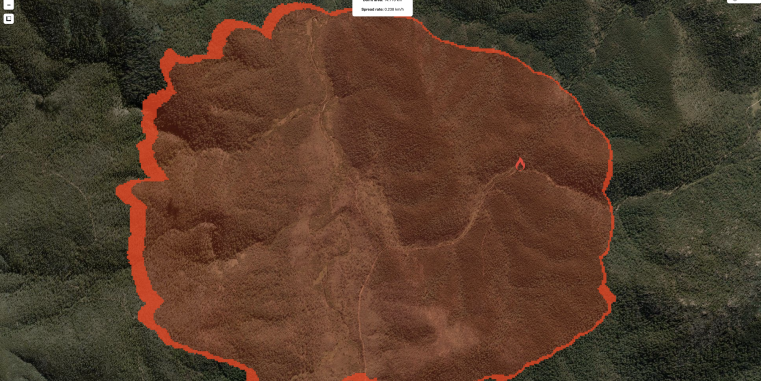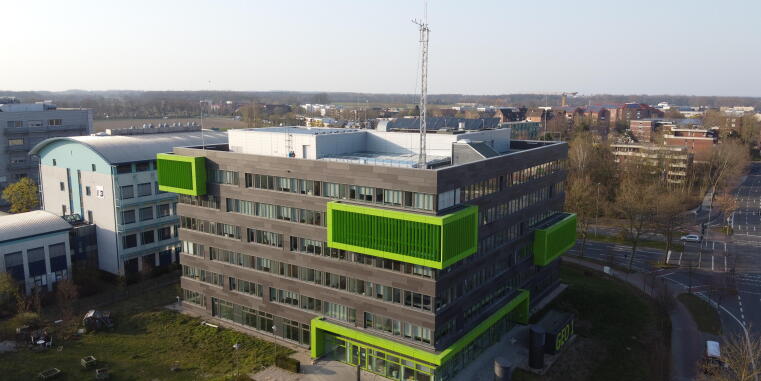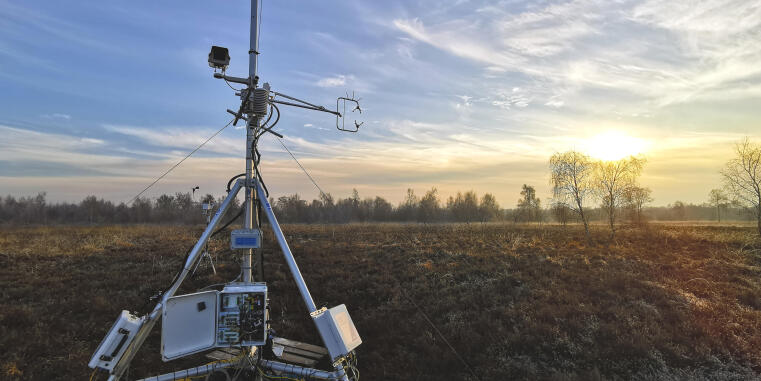
Project PEAT (2022-2025): Measurement and modelling of peatland greenhouse gas fluxes
Im Projekt PEAT untersuchen wir die Rückkopplung von degradierten Moorökosystemen auf das Klima und quantifizieren ihre Fähigkeit zur Abschwächung des Klimawandels mit Hilfe von direkten Beobachtungen und Modellierungstechniken.



